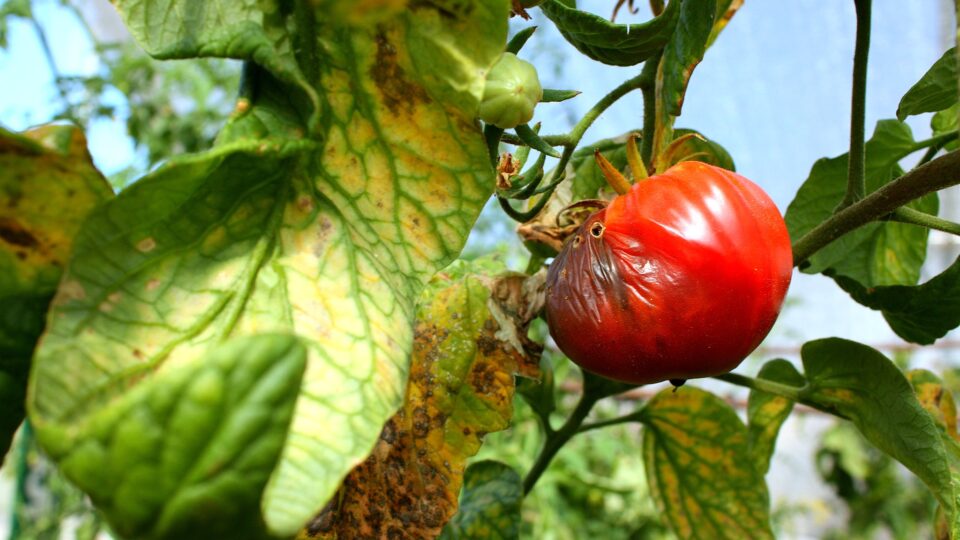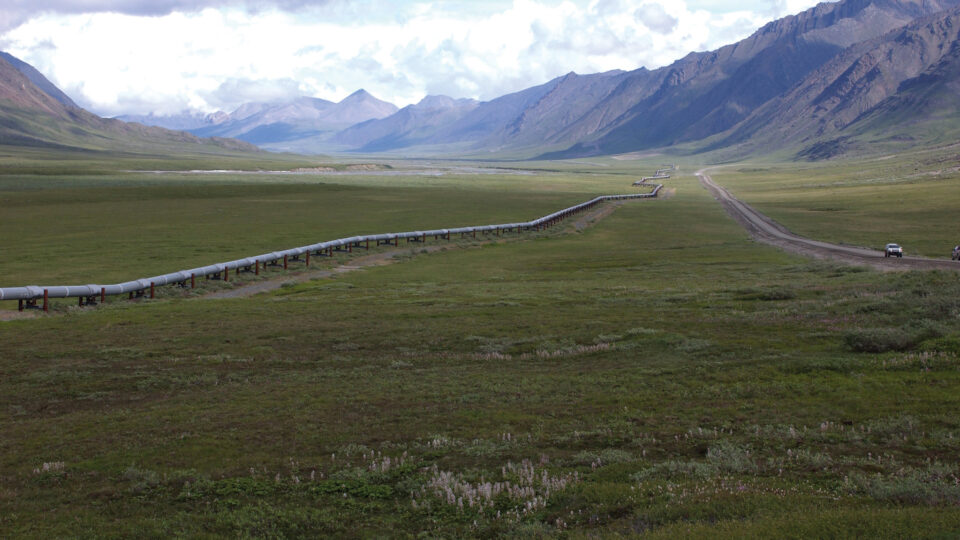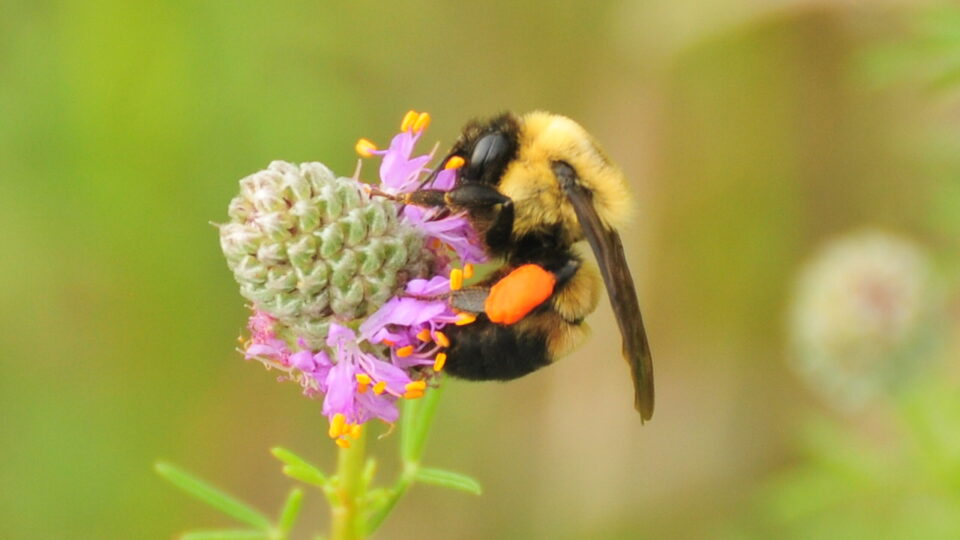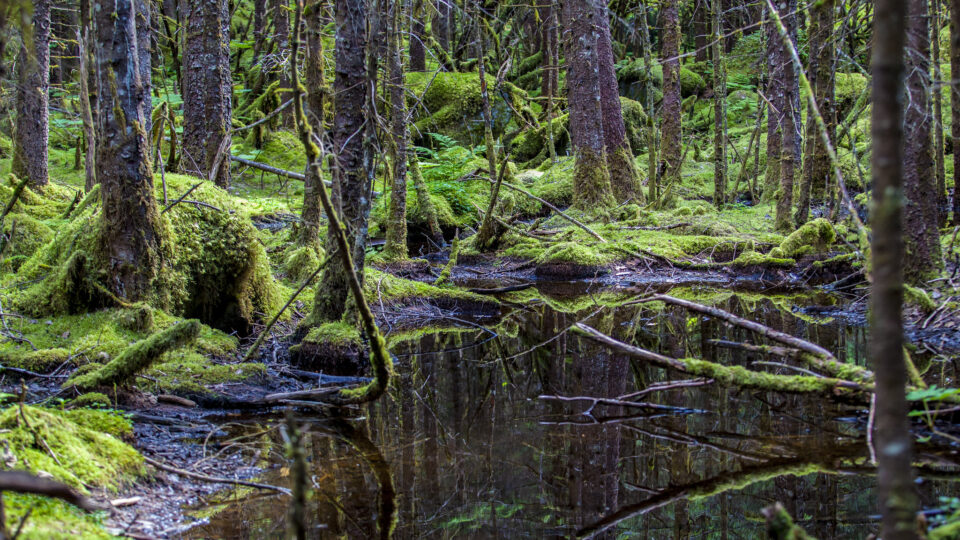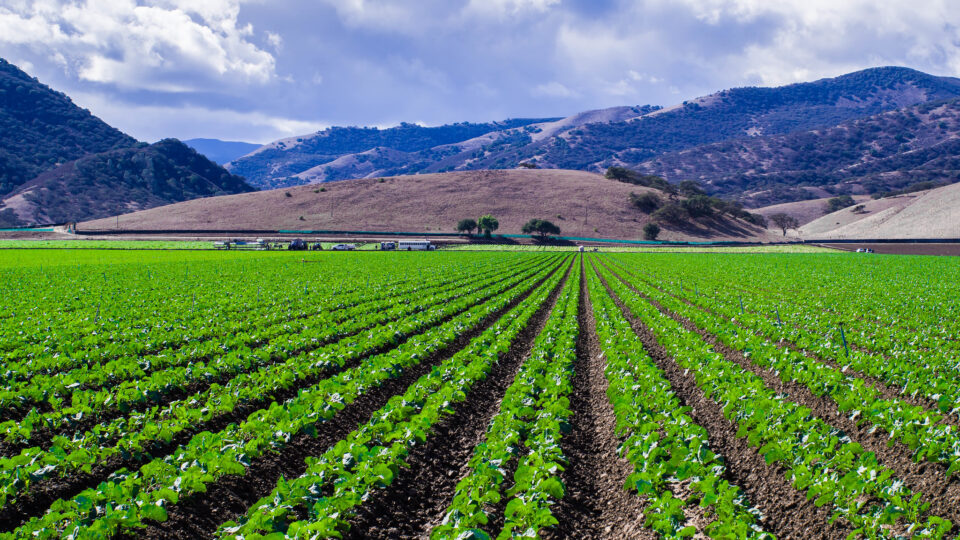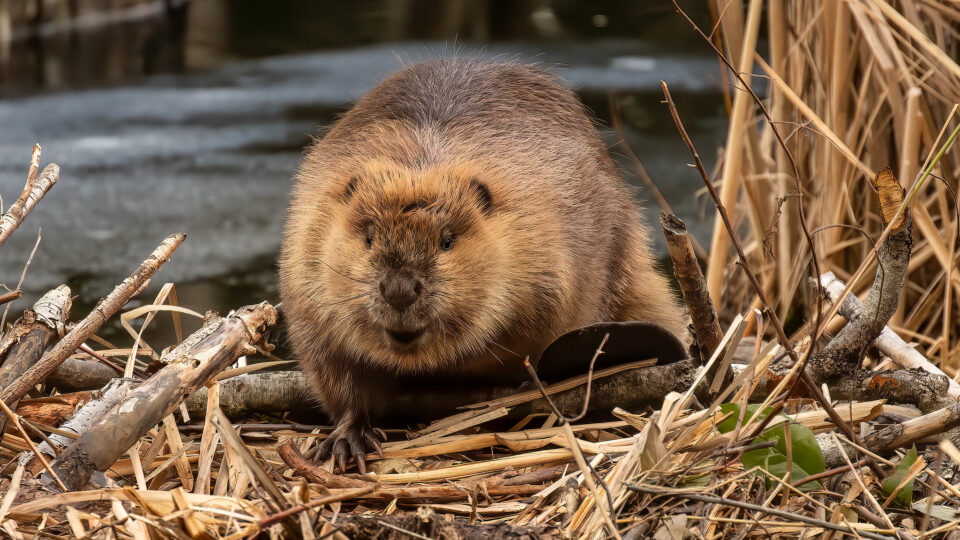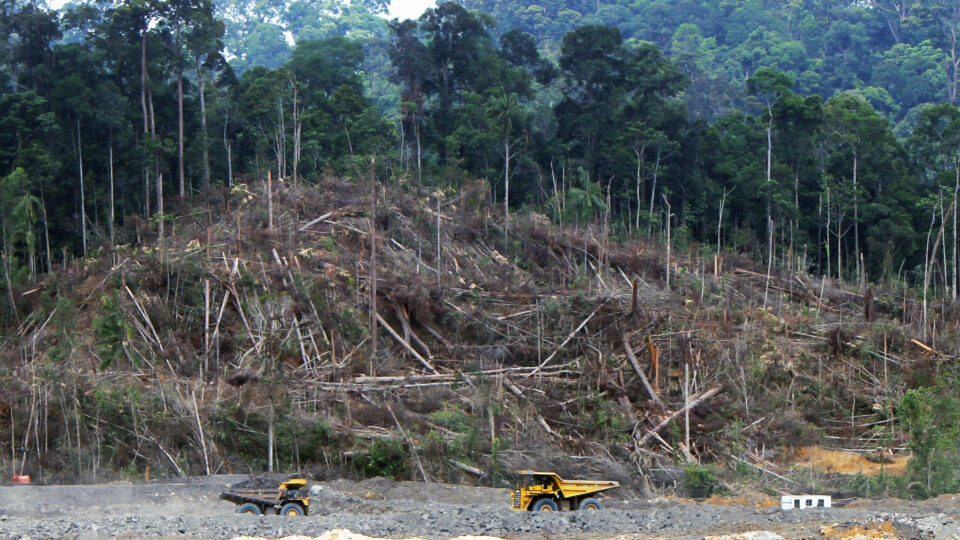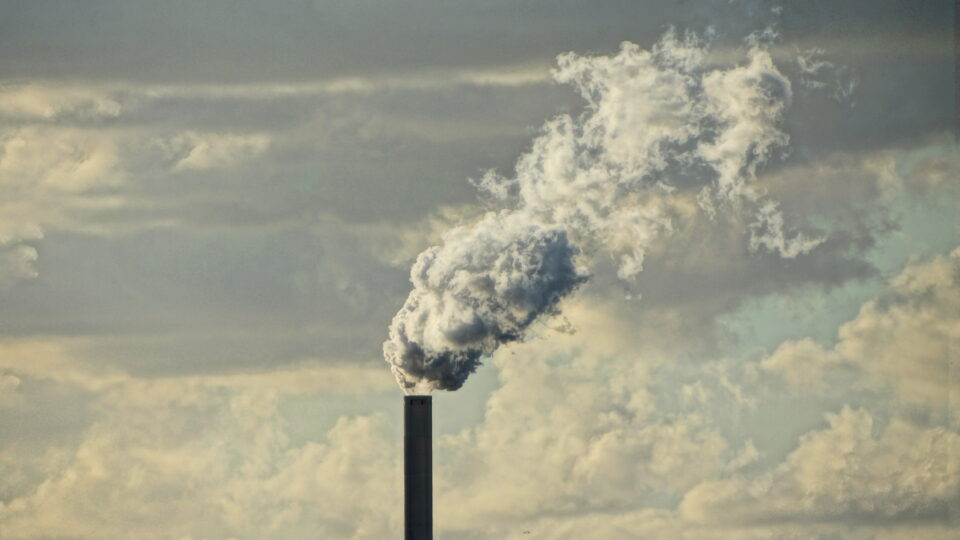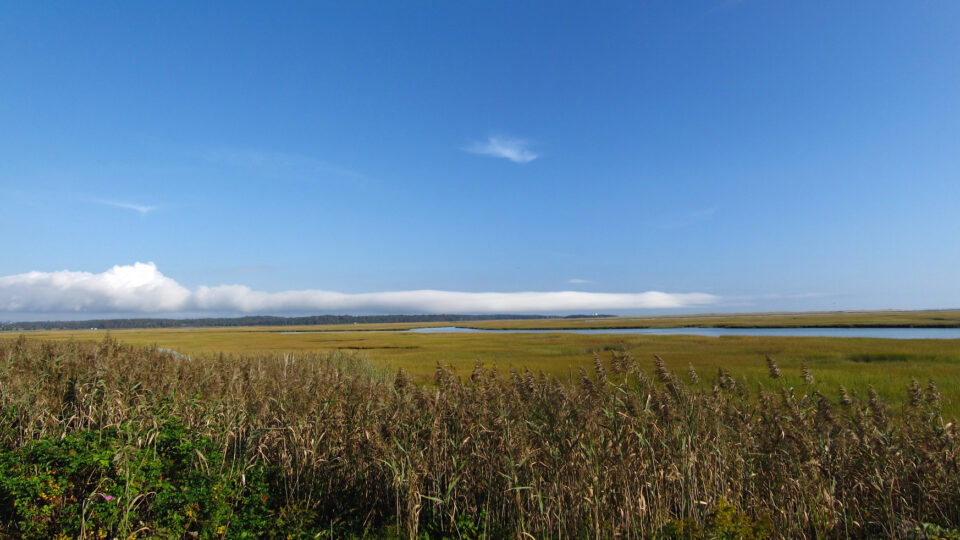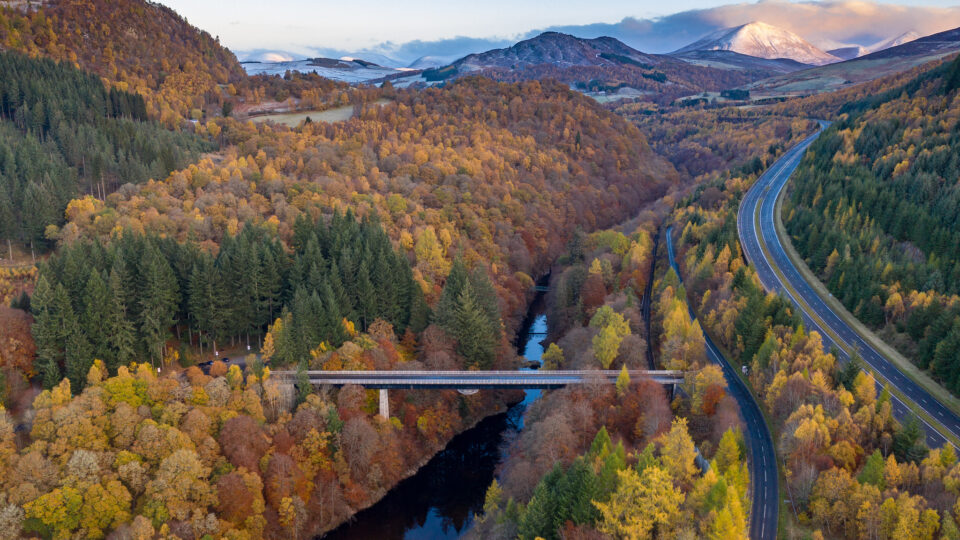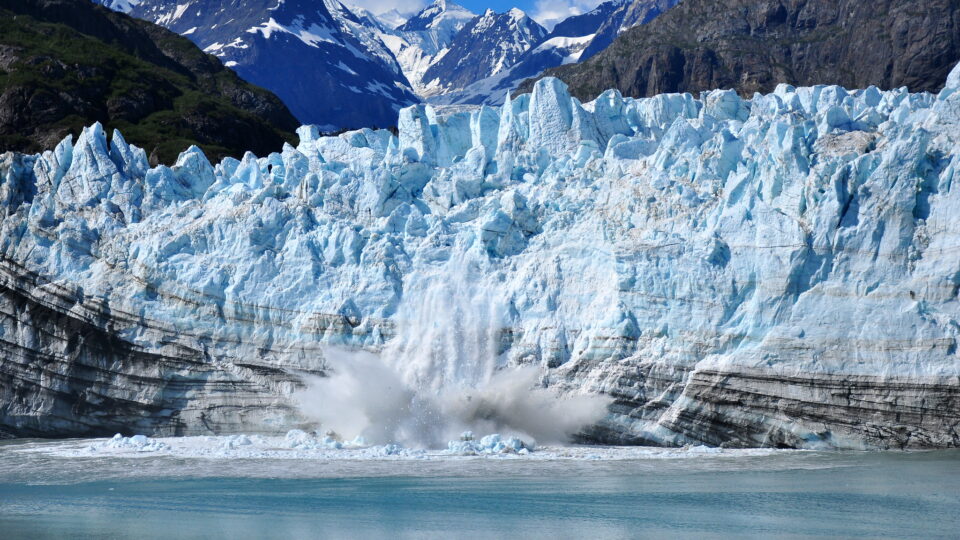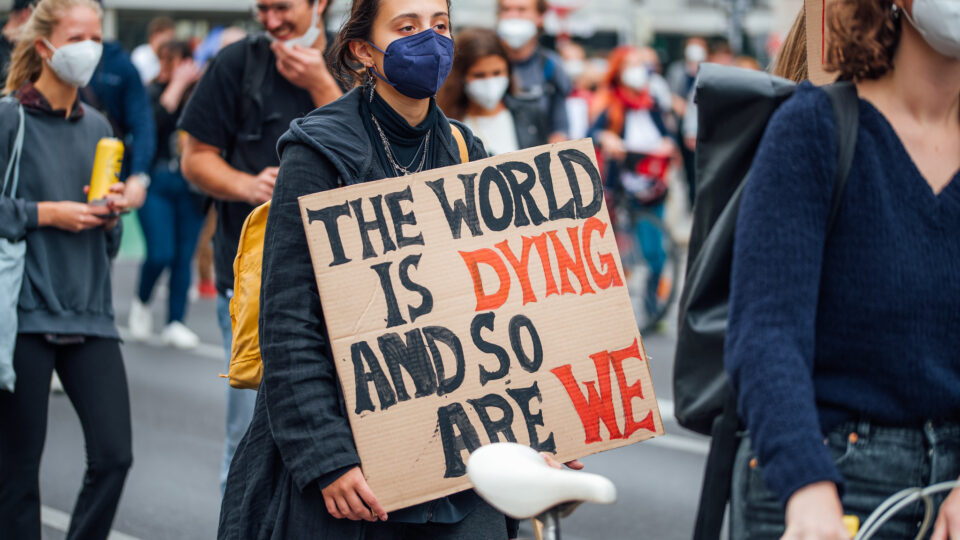Agriculture is a major part of the climate problem and remains one of the hardest human activities to decarbonize. Agriculture is responsible for approximately 30% of global greenhouse gas emissions.
On farms around the world, excess fertilizer gets broken down by microbes in the soil, releasing nitrous oxide into the atmosphere. Nitrous oxide is a greenhouse gas that is 300 times more potent than carbon dioxide.
According to a sweeping global research review recently published in the journal Science, greenhouse gas emissions from agriculture are now 18 times higher than they were in the 1960s.
The research, which was co-written by professors at the University of Minnesota with more than 20 experts around the world, also reveals the likelihood of an emergent feedback loop between climate and agriculture. As the changing climate puts more pressure on the global food supply, agriculture will, out of necessity, adopt practices that may exacerbate its environmental impact. Without changes in agriculture, this feedback loop could make it impossible to achieve the Paris Climate Agreement goal of limiting global warming to 1.5 degrees Celsius above pre-industrial levels.
The research identifies several agricultural practices that could improve efficiency and stabilize our food supply in the decades to come, including precision farming, perennial crop integration, agrivoltaics, nitrogen fixation, and novel genome editing.
Finding ways to reduce the warming impact of agriculture while maintaining high crop yields are essential to both mitigating climate change and protecting our food supply from its impacts.
**********
Web Links
Photo, posted October 16, 2010, courtesy of Timlewisnm via Flickr.
Earth Wise is a production of WAMC Northeast Public Radio
